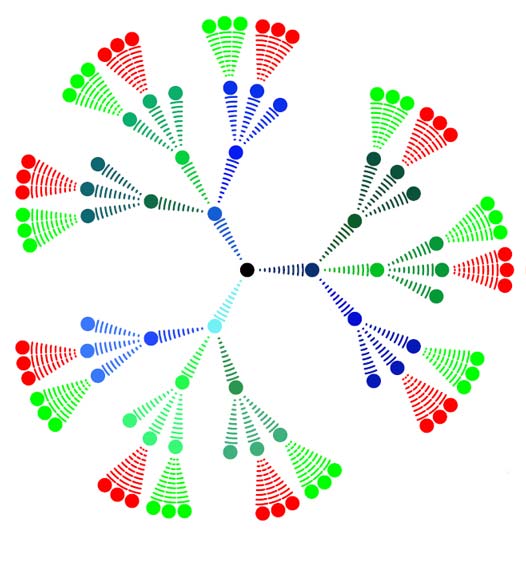Evolutionary Activities

This collection comprises ten activities developed for high school students to promote awareness of the basic concepts of evolution, and moreover facilitate a better understanding of a wide range of topics in biology. The evolutionary activities can be used directly in classes, seminars, or at home. They cover a variety of topics and have various time requirements, from short reading activities to plant-growing projects spanning multiple weeks. Each activity consists of teaching notes and printable student sheets and materials, and can be incorporated into the classroom with little extra effort from the instructor. »Download
Activity 1: Adaptations to abiotic factors
In this activity, students are encouraged to think independently and suggest an explanation for the existence of a specific adaptation of an organism. They moreover describe a mechanism by which a certain adaptation came into existence. »Download
Activity 2: How foxes became suited to cold climates
In this activity, students read a description of what happens in a population that is under pressure from an environmental factor, and how the population gradually adapts to the new environment. Before reading, students are prompted to form and justify an opinion about some of the key conditions necessary for natural selection. After reading, students evaluate their prior claims and are allowed to make adjustments. »Download
Activity 3: How does having wings help a seed to survive?
In this activity, students model the process of natural selection acting upon a fictional population of trees. Students will create models of winged seeds that differ in the size and shape of their wings and test their ability to “fly”. By modelling several generations of the tree population, they should be able to observe that certain shapes and sizes of seed wing remain suspended in the air longer, and thus result in better chances of survival for the seedling. »Download
Activity 4: Florida lizards evolve rapidly after the invasion of a competitor
In this activity students analyze excerpts from a scientific article, which describes a set of experiments conducted on a population to test for an evolutionary change. Students are guided through the article by a set of questions, which they answer individually or discuss in pairs. »Download
Activity 5: Artificial selection in Brassica oleracea
During this long-term activity, students will study and compare ripe forms of the most common variants of Brassica oleracea—broccoli, kohlrabi, cabbage, and Brussels sprouts. They will further compare the plants at different stages of their life cycles to establish when the plants start to develop their typical characteristics. This activity involves planting and growing seedlings, as well as cutting, smelling, and tasting the ripe vegetables, often a new and exciting experience! »Download
Activity 6: Breeding dragons
In this activity students learn how new pet breeds with desirable traits are bred through artificial selection. Instead of working with real domesticated animals, students work with mythical ones—dragons—which is fun, and helps increase student interest, while still conveying scientific concepts applicable to real organisms. The activity begins with a collection of dragon breeds, each with specific characteristics. Students work in pairs to describe their perfect dragon, and then attempt to breed such a dragon by crossing the existing breeds. »Download
Activity 7: Seeds surviving the winter
In this simulation, students model changes in allele frequencies in a population that is under pressure from natural selection. Contrary to most other simulations presented in these activities, the basic units students work with are not individuals, but alleles. This enables the students to directly observe the fate of individual alleles and understand the causes of changes in allele frequencies in the population.
»Download
Activity 8: Modelling the bottleneck effect
In this short activity, students model the bottleneck effect using plastic bottles and jelly beans of different colors. Originally, there is a diverse, colorful population of jelly beans “living” inside the bottle. However, when the bottle is shaken and inverted, only a small number of them manage to pass through the neck of the bottle. The individuals that manage to leave the bottle are then simulated to reproduce. Several groups of students model the bottleneck with the same initial population and observe the results after the simulated reproduction of the surviving individuals took place. »Download
Activity 9: Evolutionary relationships of plants
In this activity, students examine live specimens of the four major groups of land plants—mosses, ferns, gymnosperms and angiosperms—and look for their distinctive features. They draw the specimens, emphasizing the important details, identify the correct description of each of the major plant groups, and review the key features they have identified. Students use the key characters to complete a character chart and then construct a cladogram based on the data. »Download
Activity 10: Modern evolutionary classification
In this activity, students work independently on a set of tasks and questions that review what they have learned about evolutionary classification. The tasks focus on identifying clades, estimating the relatedness of different branches within a cladogram, identifying derived characters for groups of organisms, identifying the last common ancestor of a given group of organisms, and constructing cladograms according to character charts. »Download


